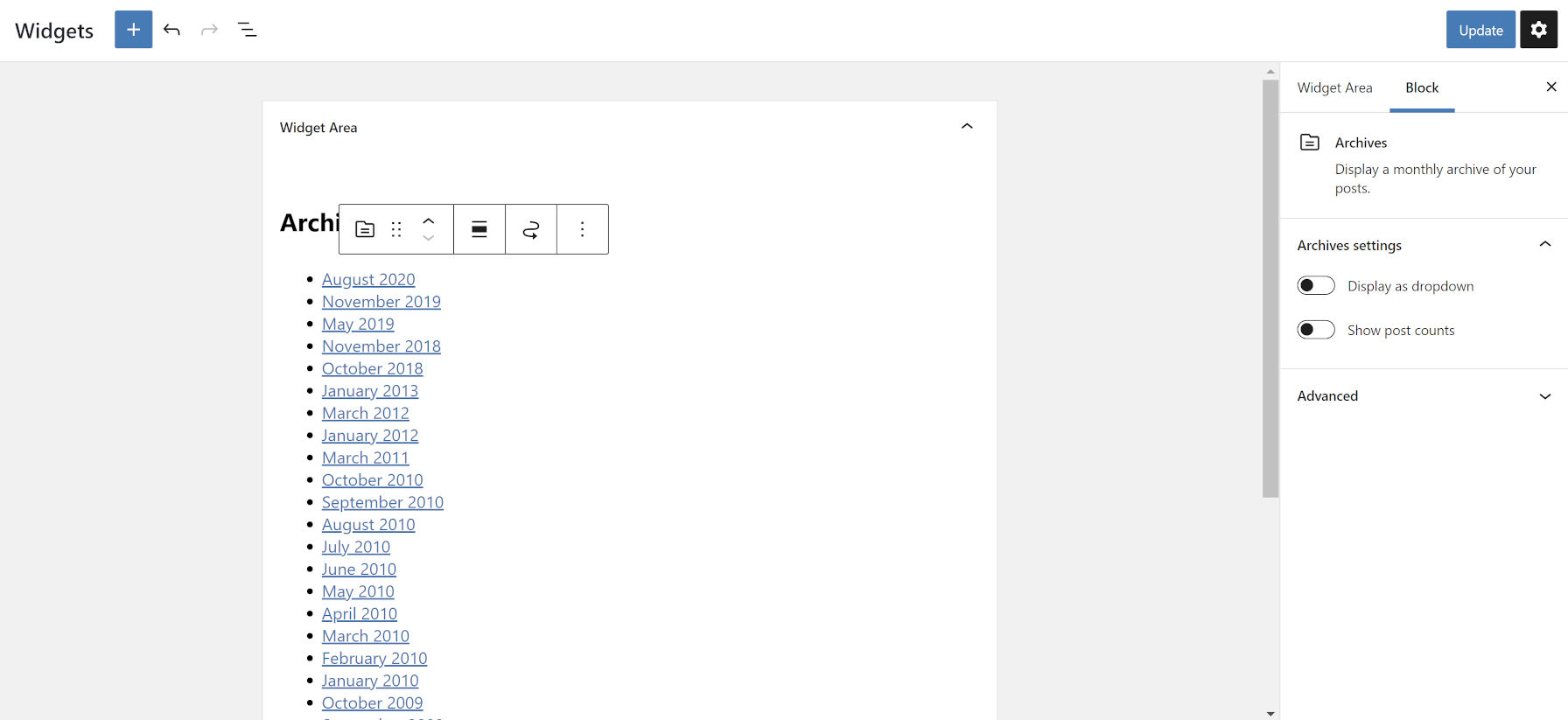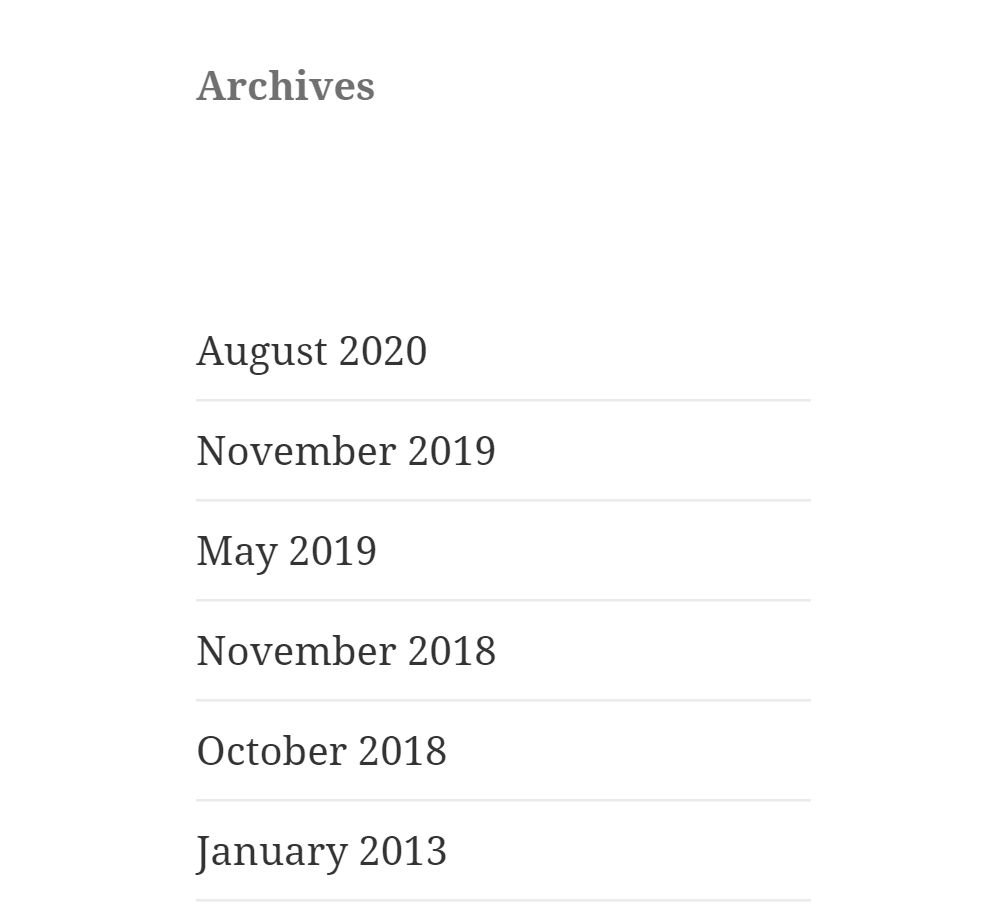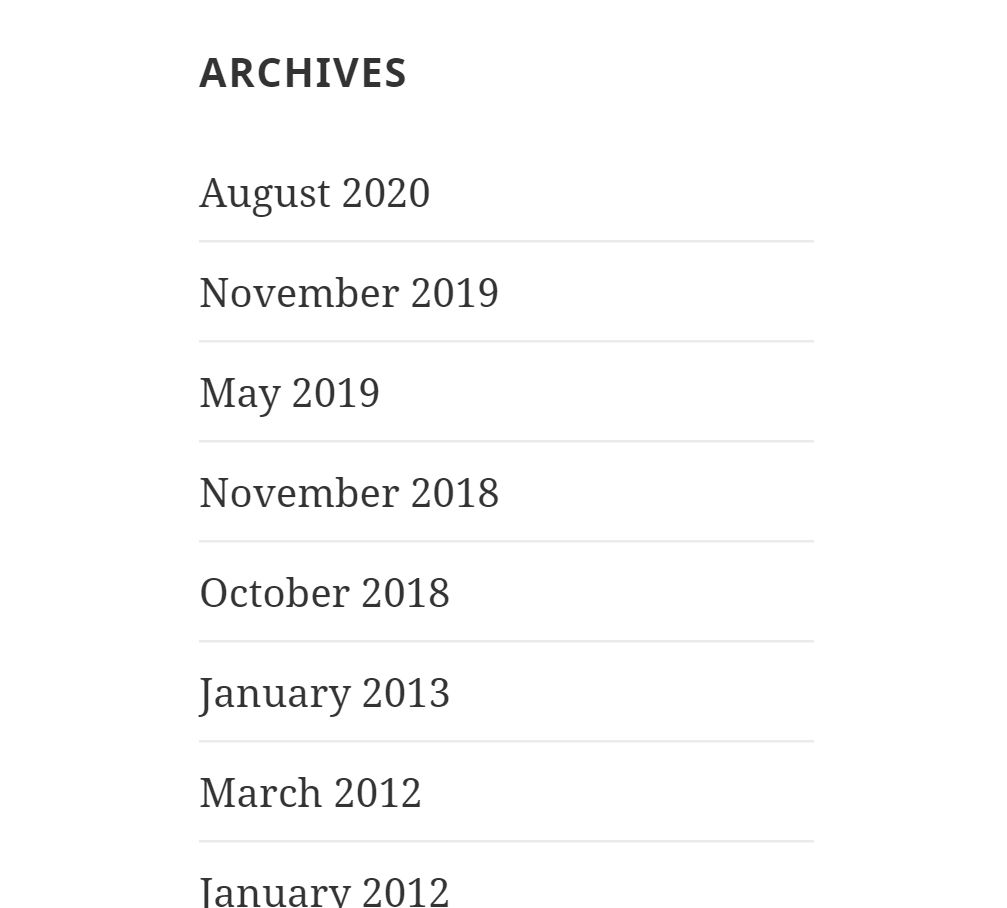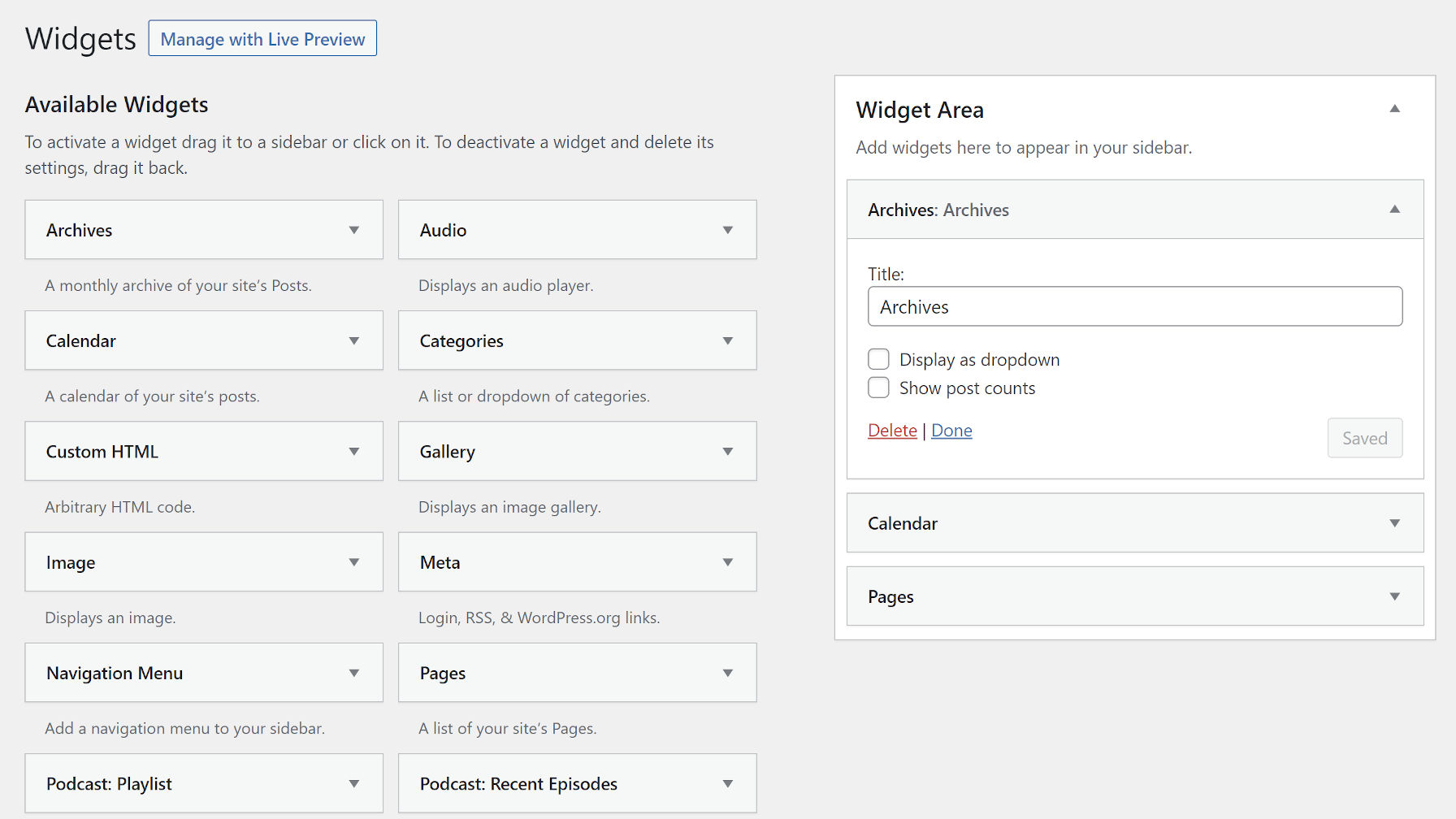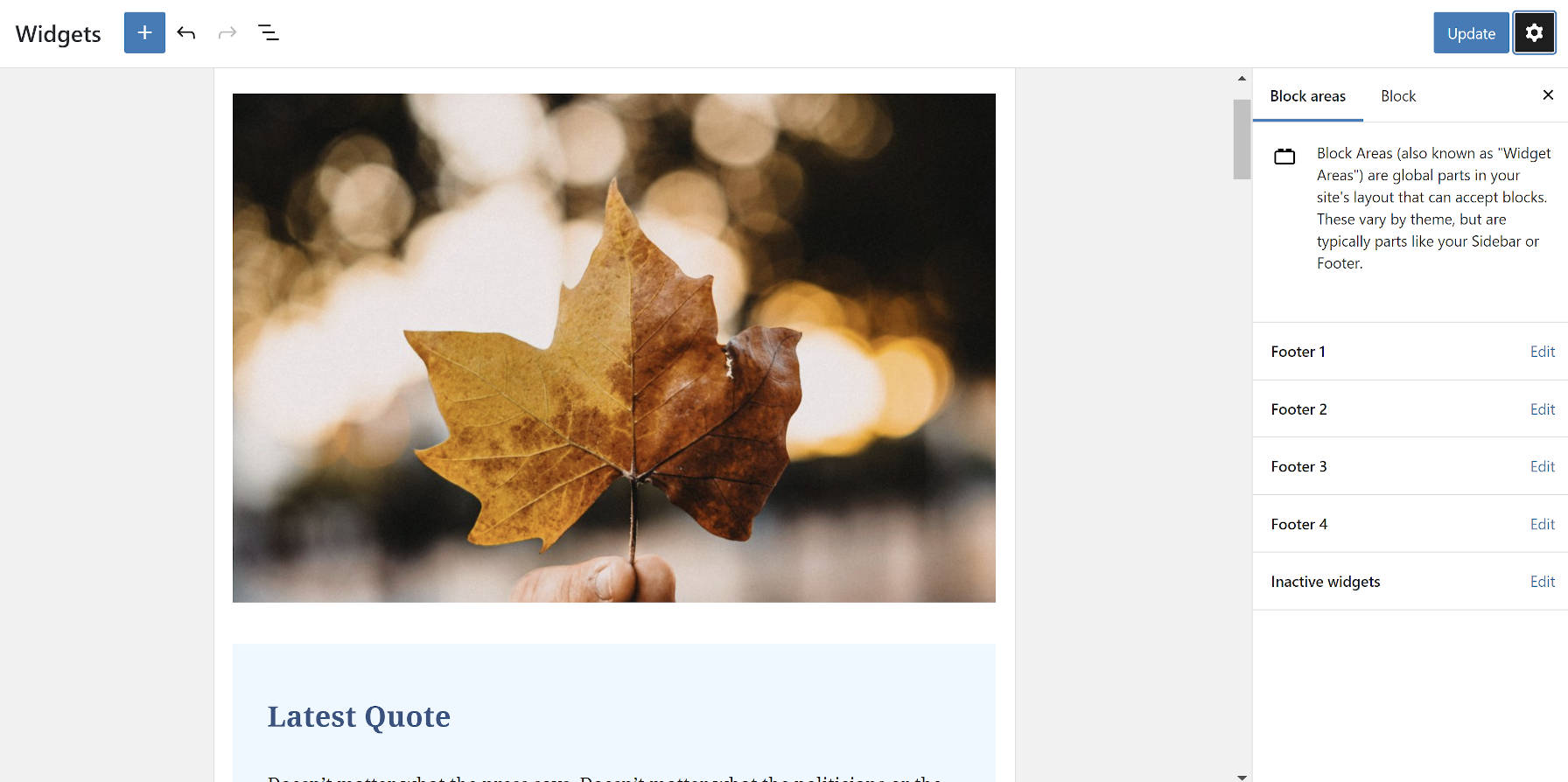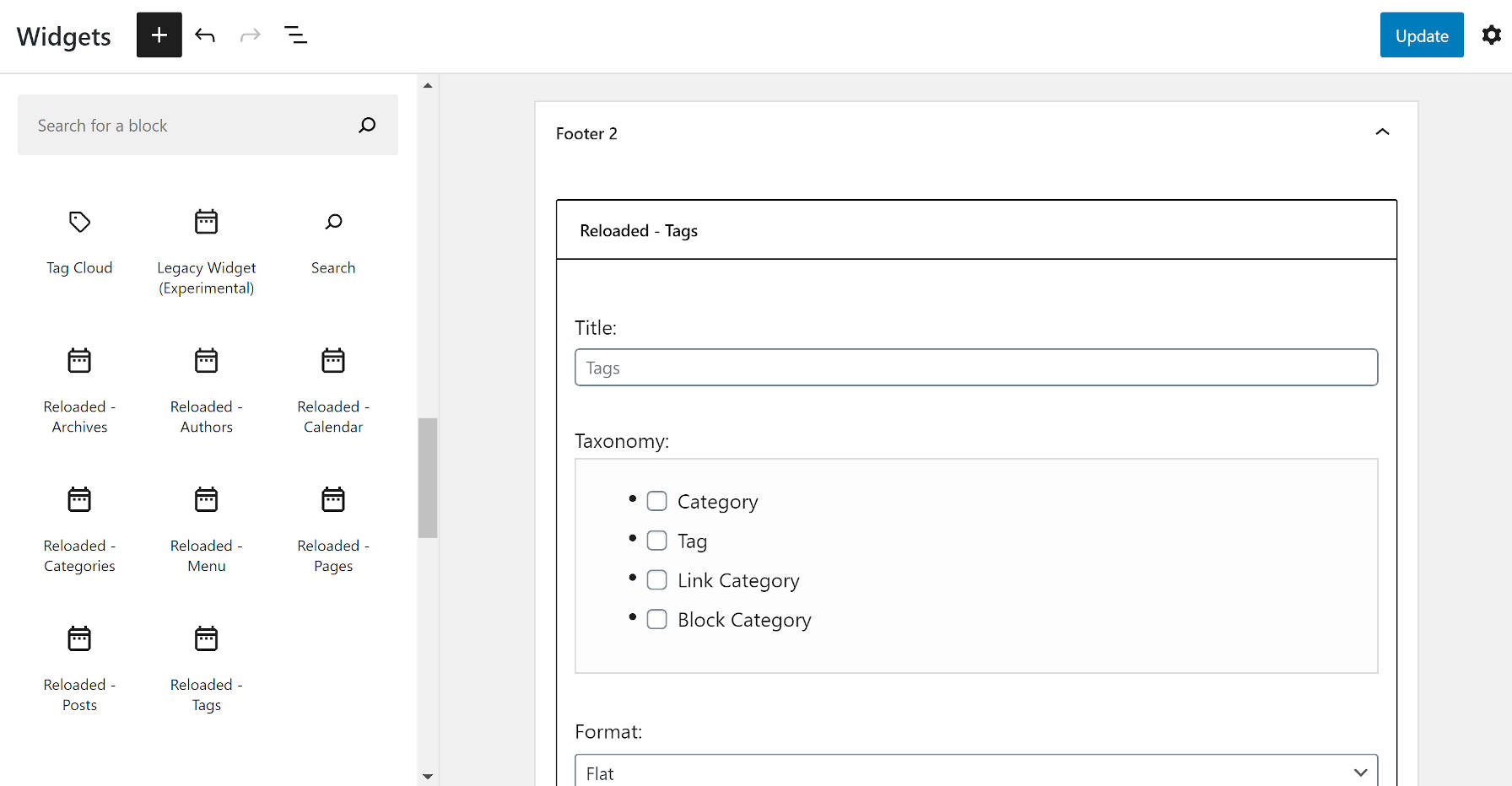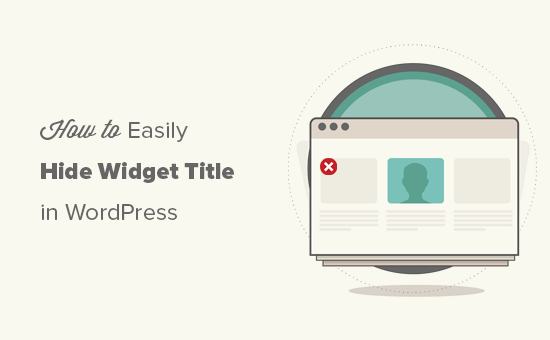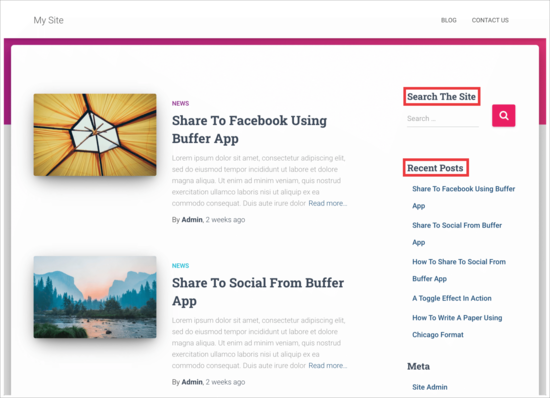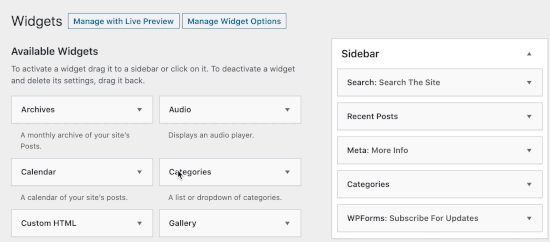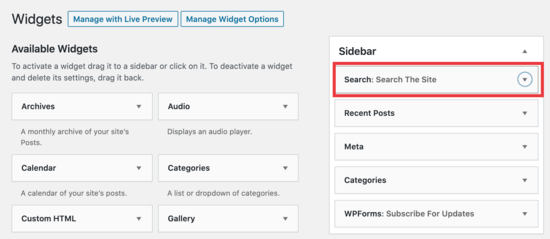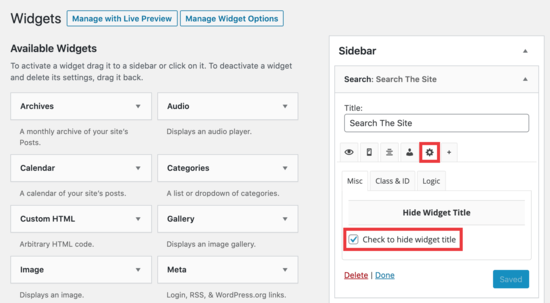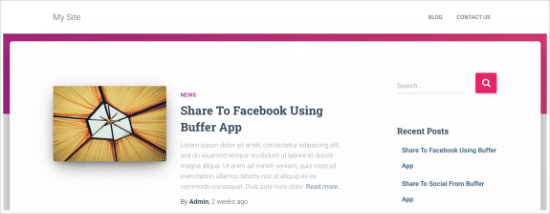Do you want to display your Instagram photos in the WordPress sidebar?
Your Instagram posts make great content for your website. By creating an Instagram feed, you can keep your site fresh and interesting while also promoting your Instagram account.
In this article, we’ll show you how to display your Instagram photos and videos in the WordPress sidebar widget.

Why Add an Instagram Feed to Your WordPress Site?
With more than a billion monthly active users, Instagram is a great place to promote your products, services, and blog posts.
Depending on your industry, Instagram may even be the most important part of your social media strategy. For example, Instagram is particularly popular among top fashion blogs, cooking, lifestyle, and photography websites.
However, people won’t see your Instagram posts if they only visit your website. This can make it difficult to grow your Instagram following and get engagement on your photos and videos.
With that being said, it’s a good idea to add an Instagram feed to your WordPress website. By showing your latest posts, you can promote your Instagram account in an engaging and eye-catching way.
This will get more traffic to your Instagram page and encourage visitors to interact with your posts by leaving comments, clicking on the ‘Share’ button, and more.
The feed will also update automatically every time you make a new Instagram post, so it’s a great way to keep your website fresh.
That being said, let’s take a look at how to easily display Instagram photos in the WordPress sidebar widget.
How to Install an Instagram Photos Plugin
The best way to display Instagram photos in a WordPress sidebar or similar widget is by using Smash Balloon Social Photo Feed. This free plugin lets you show photos from one or more Instagram accounts in a fully customizable feed.
After creating a feed, you can add it to the sidebar using either a shortcode or block.

In this guide, we’ll be using the free version of Smash Balloon, as it has everything you need to embed an Instagram feed. However, there’s also a Pro version that allows you to display hashtag feeds, add Instagram shoppable images in WordPress, and more.
Before getting started, you’ll need to connect your Instagram account to a Facebook page. If you have a personal Instagram account, then you may also want to turn it into a business account, as this allows Smash Balloon to show your Instagram bio and header automatically.
For step-by-step instructions on how to do both of these things, check out our FAQ section at the end of the post.
When you’re ready, go ahead and install and activate the Smash Balloon Social Photo Feed plugin. For more details, see our guide on how to install a WordPress plugin.
How to Connect an Instagram Account to WordPress
After activating the plugin, it’s time to connect your Instagram account to WordPress. Simply go to Instagram Feed » Settings and then click on ‘Add New.’

With Smash Balloon Pro, you can create feeds from tagged posts and hashtags, or even create a social wall with content from lots of different websites, including YouTube, Facebook, and Twitter.
Since we’re using the free version, simply select ‘User Timeline’ and then click on ‘Next.’

After that, you’ll need to choose the Instagram account where you’ll get the photos from.
To get started, click on ‘Add Source.’

On the next screen, choose whether you want to display photos from a personal or business Instagram account.
If you check the box next to ‘Personal,’ then Smash Balloon won’t include the Instagram avatar and bio in your header by default. However, you can always add the avatar and bio manually in the plugin’s settings.

After choosing ‘Personal’ or ‘Business,’ go ahead and click on ‘Login with Facebook.’
You can now check the Instagram account that you want to use and click on ‘Next.’

After that, check the box next to the Facebook page that’s linked to your Instagram account.
With that done, go ahead and click on ‘Next.’

Smash Balloon will now show a popup listing all the information it will have access to and the actions it can perform.
To restrict Smash Balloon’s access to your Instagram account, click any of the switches to turn it from ‘Yes’ to ‘No.’ Just be aware that this may affect the photos and videos that you can embed on your WordPress blog or website.
With that being said, we recommend leaving all the switches enabled.
When you’re ready, click on ‘Done.’

You’ll now see a popup with the Instagram account you just linked to WordPress.
Simply check the box next to the account and then click on ‘Add.’

Smash Balloon will now take you back to Instagram Feeds » All Feeds automatically.
To create a feed, simply check the box next to your Instagram account. Then, click on ‘Next.’

The plugin will now create an Instagram photo feed for your website, and then open that feed in the Smash Balloon editor.
How to Customize Your Instagram Photo Feed
You can use the editor to fine-tune how Instagram photos look on your website.
On the right, you’ll see a preview of your Instagram photo feed. On the left-hand side are all the settings you can use to customize the photo feed.

Most of these settings are self-explanatory, but we’ll quickly cover some key areas.
To start, you can change the feed layout and add padding by selecting ‘Feed Layout’ from the left-hand menu. As you make changes, the preview will update automatically, so you can try different settings to see what works best for your Instagram photo feed.

By default, Smash Balloon shows the same number of posts on desktop computers and mobile devices.
You can preview how the Instagram feed will look on desktop computers, tablets, and smartphones using the row of buttons in the upper-right corner. By testing different layouts, you can create an Instagram feed that looks great, no matter what device the visitor is using.

Smartphones and tablets typically have smaller screens and less processing power, so you may want to show fewer photos and videos on mobile devices.
To do this, simply type a different number into the ‘Mobile’ field under ‘Number of Posts.’

By default, the Facebook feed shows fewer columns on smartphones and tablets, compared to desktop computers. This helps your photos and videos fit comfortably on smaller screens.
After testing the mobile version of your WordPress website, you may be unhappy with how the columns look on smartphones and tablets. If this is the case, then you can show fewer columns by changing the numbers in the ‘Columns’ section.

When you’re happy with the changes you’ve made, click on the ‘Customize’ link.
This will take you back to the main Smash Balloon editor, where you can explore the next settings screen, which is ‘Color Scheme.’

By default, Smash Balloon uses a color scheme inherited from your WordPress theme, but it also has ‘Light’ and ‘Dark’ themes that you can use.
Another option is creating your own color scheme by selecting ‘Custom’ and then using the controls to change the background color, edit the button color, change the text color, and more.

By default, Smash Balloon adds a header to your feed, which is your Instagram profile picture and the name of your page. To change how this section looks, click on ‘Header’ in the left-hand menu.
On this screen, you can change the size and color of the header, and show or hide your Instagram bio.

Sometimes, you may want to show a different profile picture. For example, your Instagram avatar may clash with your WordPress theme.
To do this, simply click on ‘Add Image’ under ‘Show custom avatar.’
You can then either choose an image from the WordPress media library or upload a new photo from your computer.

Similarly, you can show a different bio. For example, you may want to introduce your Instagram feed or encourage people to follow you for more great content.
To replace the Instagram bio, simply type into the ‘Add custom bio’ box.

Smash Balloon automatically analyzes your Instagram photos and displays them at the best resolution. While we recommend using these default settings, it is possible to make the images bigger or smaller.
To change the image size, click on ‘Posts’ from the left-hand menu. Then, select the ‘Images and Videos’ option.

You can now choose between thumbnail, medium, and full-size using the dropdown menu.
If you’re unhappy with the results, then you can return to this screen at any point and select ‘Auto-detect (Recommended)’ from the dropdown menu.

By default, Smash Balloon adds a ‘Load More’ button to the bottom of your Instagram feed, which allows visitors to scroll through more of your photos and videos.
Since it’s such an important button, you may want to customize it by selecting the ‘Load More Button’ option from the left-hand menu.

Here, you can help ‘Load More stand out by changing its background color, text color, and hover state.
You can also change the button’s label by typing into the ‘Text’ field.

Another option is to remove the button completely by clicking the ‘Enable’ toggle. In this way, you can encourage people to visit your Instagram by limiting the number of posts they can see on your website.
If visitors like what they see, they may decide to follow you on Instagram using the ‘Follow on Instagram’ button that Smash Balloon adds automatically.
With that in mind, you may want to help the button stand out by selecting ‘Follow Button’ in the left-hand menu.
Here, you can change the button’s background color, hover state, and text color.

By default, the button has a general ‘Follow on Instagram’ label.
You can replace this with your own messaging by typing into the ‘Text’ field.

When you’re happy with how the Instagram feed looks, don’t forget to click on ‘Save’ to store your changes. You’re now ready to add the Instagram feed to your WordPress sidebar widget.
How to Add Your Instagram Photos in WordPress Sidebar Widget
You can add your feed to the sidebar or similar section using the Instagram Feed block.
If you’ve created more than one feed using Smash Balloon, then you’ll need to know the feed’s code.
Simply go to Instagram » All Feeds and then copy the value in the ‘Shortcode’ column.
In the following image, we’ll need to use instagram-feed feed=1.

With that done, go to Appearance » Widgets in the WordPress dashboard.
Then click on the blue ‘+’ button.

In the search bar, type in ‘Instagram Feed’ and select the right widget when it appears.
WordPress has a built-in Instagram widget, so make sure you choose the one that shows the official Instagram logo.

After that, simply drag the widget onto the area where you want to show the Instagram feed, such as the sidebar or similar section.
The widget will automatically show one of the feeds you created using Smash Balloon.
To show a different feed instead, simply type the feed’s shortcode into the ‘Shortcode Settings’ box and then click on ‘Apply Changes.’

You can now click on the ‘Update’ button to make the widget live. For more information, please see our step-by-step guide on how to add and use widgets in WordPress.
If you’re using a block-enabled theme, then you can add an Instagram feed to the sidebar using the full-site editor. To get started, simply go to Appearance » Editor.

In the editor, simply click to select the sidebar section and then click on the ‘+’ button.
You can then start typing in ‘Instagram Feed’ and select the right block when it appears.

By default, the full-site editor will show one of the Instagram feeds you created using Smash Balloon. To show a different feed, simply add the shortcode following the same process described above.
When you’re happy with how the Instagram feed looks, click on ‘Save’ to make your changes live.
How to Display a Specific Instagram Photo in WordPress
Sometimes you may want to show a specific Instagram post on your website. This might be your most popular photo, an evergreen post, or even a social media contest that you’re currently running.

In the past, you could easily embed an Instagram post in WordPress using a protocol known as oEmbed. However, Facebook changed the way that oEmbed works, so you can no longer easily embed Instagram photos in WordPress.
The good news is that Smash Balloon can fix the Facebook and Instagram oEmbed issue. This allows you to easily embed a specific Instagram post in any page, post, or widget-ready area, such as the sidebar.
To enable this feature, simply go to Instagram Feed » oEmbeds. You can then click on the ‘Enable’ button.

After that, go to Appearance » Widgets and click on the blue ‘+’ button.
In the search bar, type in ‘Embed’ to find the right block.

When the ‘Embed’ block appears, drag it onto the area where you want to show the photo.
In the ‘Embed’ field, simply paste the URL of the Instagram post that you want to show on your website. Then, click on ‘Embed.’

WordPress will now show the specific Instagram post.
If you’re happy with how it looks, then click on ‘Update’ to make it live.

Now, if you visit your website, you’ll see the Instagram post live.
If you’re using a block-enabled theme, then you’ll need to add specific Instagram posts using the full-site editor.
To do this, simply enable Smash Balloon’s oEmbed feature and get the Instagram post’s URL by following the same process described above.
After that, open the full-site editor by going to Appearance » Editor in the WordPress dashboard. Once you’re inside the full-site editor, click on the ‘+’ button in the sidebar section and then type in ‘Embed.’

When the right block appears, click to add it to the sidebar.
You can then add the URL for the post you want to embed and click on the ‘Embed’ button.

The full-site editor will now show the Instagram post.
If you’re happy with how it looks, then click on ‘Save’ to publish this photo or video to the block-enabled sidebar.

FAQs About Displaying Instagram Posts in WordPress
Smash Balloon makes it easy to create a custom Instagram feed or even display specific Instagram posts on your WordPress website.
That being said, here are some of the most frequently asked questions about showing Instagram posts on WordPress.
How Do I Create an Instagram Business Account?
Smash Balloon can display photos from either a personal or business Instagram account.
However, Smash Balloon can’t automatically fetch the Instagram avatar and bio from a personal Instagram account. Instead, you’ll need to add the avatar and bio manually in the plugin’s settings.
With that being said, you may want to check whether you have a personal or business account, and then switch to a business account if necessary.
To do this, simply visit your Instagram account and click on the lined icon in the side menu.

After that, click on ‘Settings.’
If you don’t have a business account, then this screen will show ‘Switch to professional account’ as the last option.

If you currently have a personal account and want to switch to a business account, then simply click on this link.
How Do I Connect a Facebook Page to an Instagram Account?
Before you can display Instagram photos in WordPress, you’ll first need to connect your Instagram account to a Facebook page.
To do this, head over to the Facebook page that you want to use and then click on ‘Settings’ in the left-hand menu.
Once you’ve done that, click on ‘Linked Account.’ You can now select ‘Instagram’ and click on the ‘Connect’ button.

Facebook will now show all the actions it can perform, and the information it can access.
If you’re happy with this, then click on the ‘Connect’ button.

Just be aware that the people who manage your Facebook page may be able to see your Instagram messages and respond to them. If you want to stop this and keep your messages private, then click to disable the slider.
When you’re ready to move to the next screen, click on ‘Confirm.’

This opens a popup where you can type in your Instagram username and password.
After that, click on the ‘Log in’ button.

After a few moments, you’ll see a message saying that your Instagram and Facebook accounts are now connected.
We hope this article helped you learn how to display Instagram photos in a WordPress sidebar widget. You may also want to see our guide on how to create a custom Facebook feed in WordPress, or see our expert pick of social proof plugins for WordPress and WooCommerce.
If you liked this article, then please subscribe to our YouTube Channel for WordPress video tutorials. You can also find us on Twitter and Facebook.
The post How to Display Instagram Photos in WordPress Sidebar Widget first appeared on WPBeginner.
























